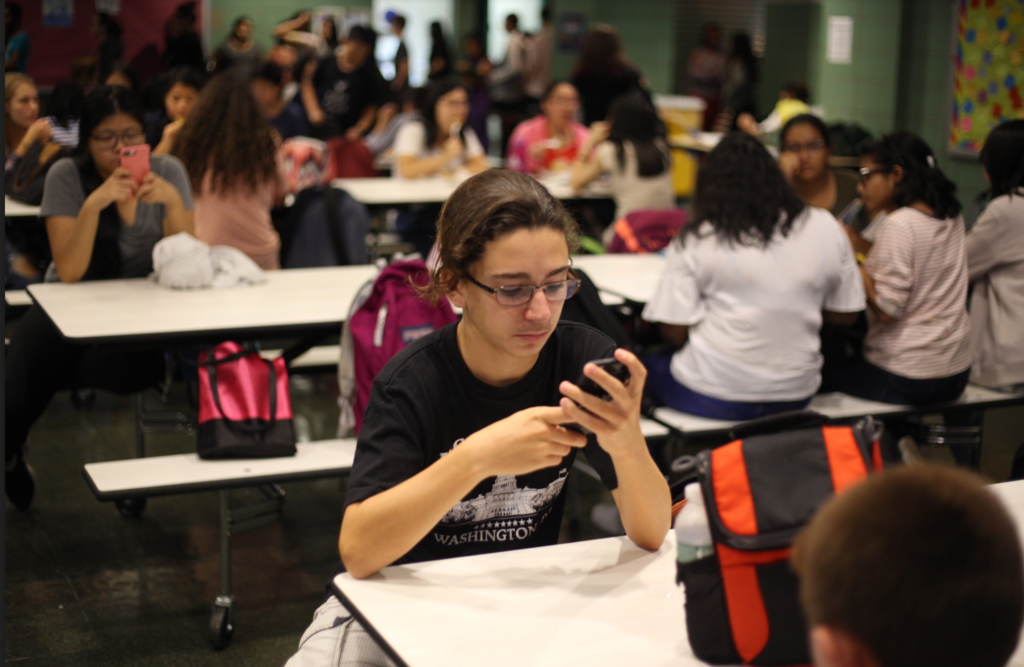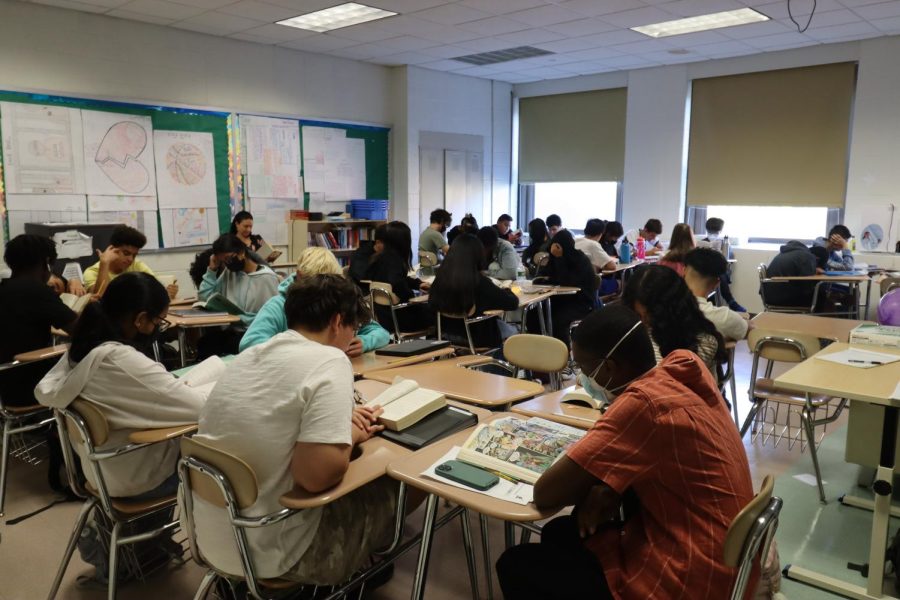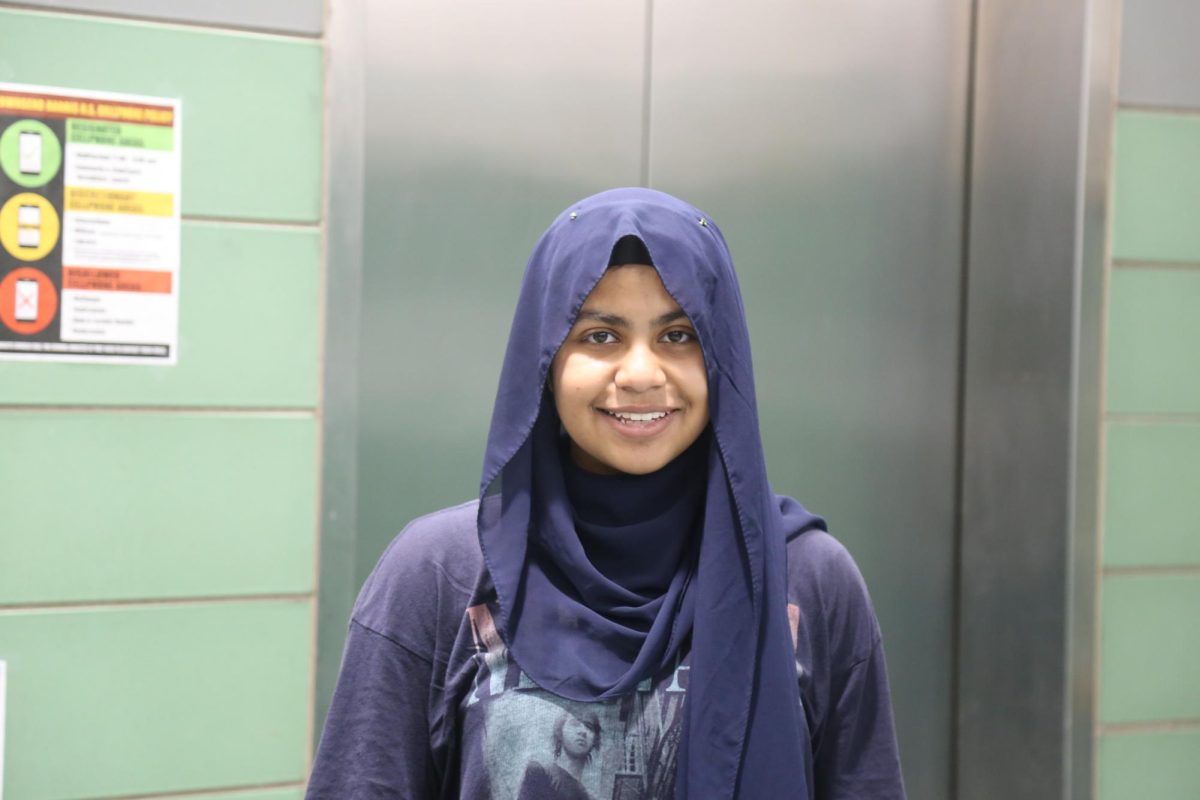
THERE IS a growing sentiment among activists and the general public that social media activism is not a viable form of creating change. However, many movements, ranging from small to large in size, are using social media to attempt to effect change. Some of the groups range from the Black Lives Matter movement to smaller scale campaigns like the Asian American Studies at Hunter College campaign.
There have been multiple protests put on by Black Lives Matter, legal gains for the LGBT community, and new frontiers faced by feminism; throughout it all the media has covered it all. However, despite this, many feel that the media either covers these movements in a biased fashion or focuses too much on certain news stories while ignoring others.
Social media has undeniably allowed for the faster spread of information across the world. News stories that would have otherwise gone unreported (or under-reported) are now finding themselves on the homepages of your Facebook account.
Social studies teacher Alex Wood explained, “If something happened in a small town far away and we were able to have proof, then social media would play a major role in raising awareness. If the story is compelling enough and the injustice great enough, social media will grab a hold of it.”
Many are using social media as a means to manipulate the mainstream media. The Black Lives Matter movement began with a hashtag and is now a nationally recognized force. Their use of hashtags on Twitter and Facebook have sparked a national conversation in response to the deaths of black folk at the hands of police.
Senior Genova Brown commented, “I definitely see bias in the way black folk murders are reported. When black folk are murdered, it seems like the [news] media tries to find background history in an attempt to validate their murder in a way.”
The BLM movement began with the intention of creating a new narrative on the issue of police brutality. BLM claims that mainstream media outlets have skewed the way that these cases are reported. Through the creations of these hashtags, they’ve been able to spotlight cases like those of Sandra Bland, Eric Garner, Tamir Rice and many others.
Online activism is a growing niche that many are falling into. Posting articles, sharing donation links, inducing dialogue on certain issues and orchestrating groups devoted to issues all contribute to the online activist “culture.”
Senior Sangida Akter explained ways she gets involved with social media activism. “I get involved in many ways, one being exploring my options of events and rallies. Liking and supporting grassroots organizations through likes and post shares that could foster policy change. Also, opening dialogue with friends about these issues that I see we have a common rage for is important to me as well, like the Black Lives Matter movement,” she said.
Junior Victoria Harris explained, “I find most of the protests I go to through Facebook. Friends that share the common interest of social work share events and that’s how I find them. For me social media activism leads to physical activism.”
The Asian American Studies program at Hunter College is in danger of being shut down next year. Students took to the internet to begin their campaign to keep the program alive. Using Google Hangouts, hashtags, Twitter and Facebook they were able to curate a group of students willing to come together and face the school’s board.
Kevin Park, representative of CRAASH (Coalition for Asian American Studies at Hunter College) explained their use of technology in their campaign. “in addition to our photo campaign called #WhyINeedAAS, we did a Google Hangout with Cornell and Northwestern University’s APA groups about the struggle for AAS on our campuses which was moderated by Vijay Prashad. The Google Hangout was also part of a Twitter Townhall going on at the same time.”
Some view social media activism as unnecessary and without reward. The activism many envision entails parades through the streets, fists raised in the air, and a sea of posters. However, with this new wave of accessibility online many fall short in the physical realm of protesting.
Kevin went on to explain, “Social media activism is definitely only one part of the puzzle; I think it will be very hard for a movement to strictly be effective with only an online presence. However, when people put media activism down, I think it sets us up for an exclusive movement than an inclusive one.”
However, identifying with movements also opens you up to the same prejudices and injustices that are being protested. When protesting topics like immigration policy or deportations or LGBT rights, students open themselves up to physical harm or deportation.
Mr. Wood commented, “The ability for students to participate in these protests are dependent on a lot of factors, like their citizenship status. Many undocumented students wouldn’t readily come out with that information which makes it seem like they’re not pursuing these issues.”
Junior Victoria Harris explained, “Safety when it come to protests is always questionable, in a matter of seconds it can become violent. However, I don’t think that should be a deterrent from protesting. Yes, it could get ugly but it’s all for the greater good of equality.”
THE



























